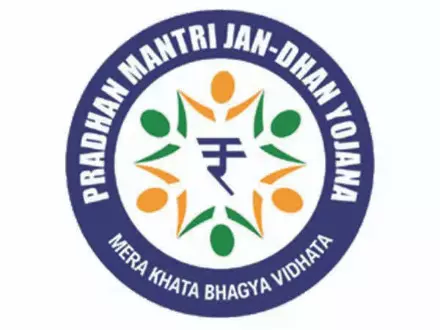23% of total 56.04 cr PM Jan Dhan accounts inoperative

New Delhi: Nearly one-fourth of the total Pradhan Mantri Jan Dhan Yojana (PMJDY) accounts remain inoperative, Minister of State for Finance Pankaj Chaudhary informed the Lok Sabha on Monday.
Presenting the latest data, Chaudhary said, “Out of 56.03 crore PMJDY accounts as of July 31, 2025, about 13.04 crore accounts are inoperative.” Uttar Pradesh leads with 2.75 crore inactive accounts, followed by Bihar with 1.39 crore and Madhya Pradesh with 1.07 crore.
According to the Reserve Bank of India (RBI) guidelines issued on February 18, 2009, a savings account is categorised as inoperative or dormant if there are no customer-initiated transactions for a period exceeding two years.
The minister noted that the government has adopted multiple measures to maintain functionality of these accounts. “Direct Benefit Transfer (DBT) benefits are also transferred into inactive accounts,” he said. Banks regularly notify account holders through letters, emails, or SMS alerts about accounts that are nearing dormancy and contact holders quarterly.
To tackle inactivity, awareness and reactivation drives are being organised. Chaudhary added, “A Gram Panchayat-level Saturation Campaign has been rolled out from July 1, 2025 to September 30, 2025, with Re-KYC of inactive PMJDY accounts as a major focus.”
On digital transactions, the minister clarified there is no plan to levy charges on Unified Payments Interface (UPI). He said, “To sustain the UPI ecosystem, the government extended incentive support of about Rs 8,730 crore over four years from FY 2021-22 to FY 2024-25.”
Responding to another query, Chaudhary said Public Sector Banks (PSBs) continue to rely on market resources to strengthen their capital. “PSBs raised a total of Rs 1,53,978 crore during the last three financial years, including equity and Basel III compliant bonds,” he informed. The amounts raised were Rs 44,942 crore in FY 2022-23, Rs 57,380 crore in FY 2023-24, and Rs 51,656 crore in FY 2024-25. These funds have been used for credit expansion, regulatory compliance, replenishing callable bonds, and building future capital buffers.
On the banking sector’s loan performance, Chaudhary revealed a marginal rise in stressed assets in gold loans. The Gross Non-Performing Asset (GNPA) ratio of gold loans with Scheduled Commercial Banks increased from 0.20 per cent in March 2023 to 0.22 per cent in March 2025. For Upper- and Middle-Layer NBFCs, the ratio rose from 1.21 per cent to 2.14 per cent during the same period. The RBI Ombudsman received 188 complaints related to gold loans in FY 2024-25, which are being addressed under the Integrated Ombudsman Scheme, 2021.
Addressing a separate question, Chaudhary said cryptocurrencies and crypto assets remain outside the RBI’s regulatory ambit.



